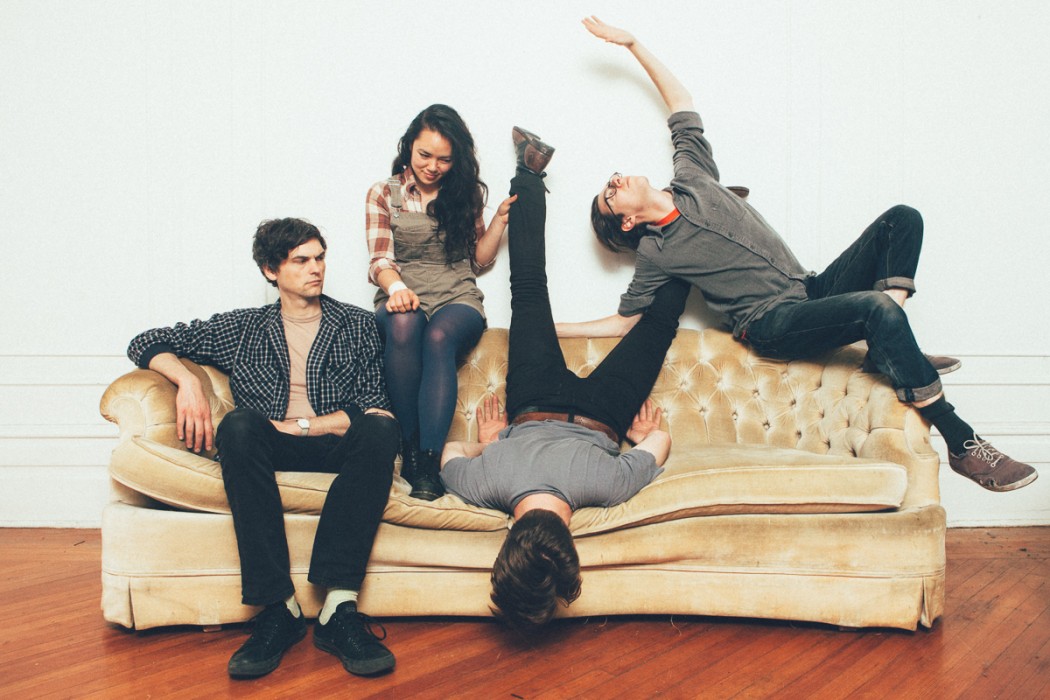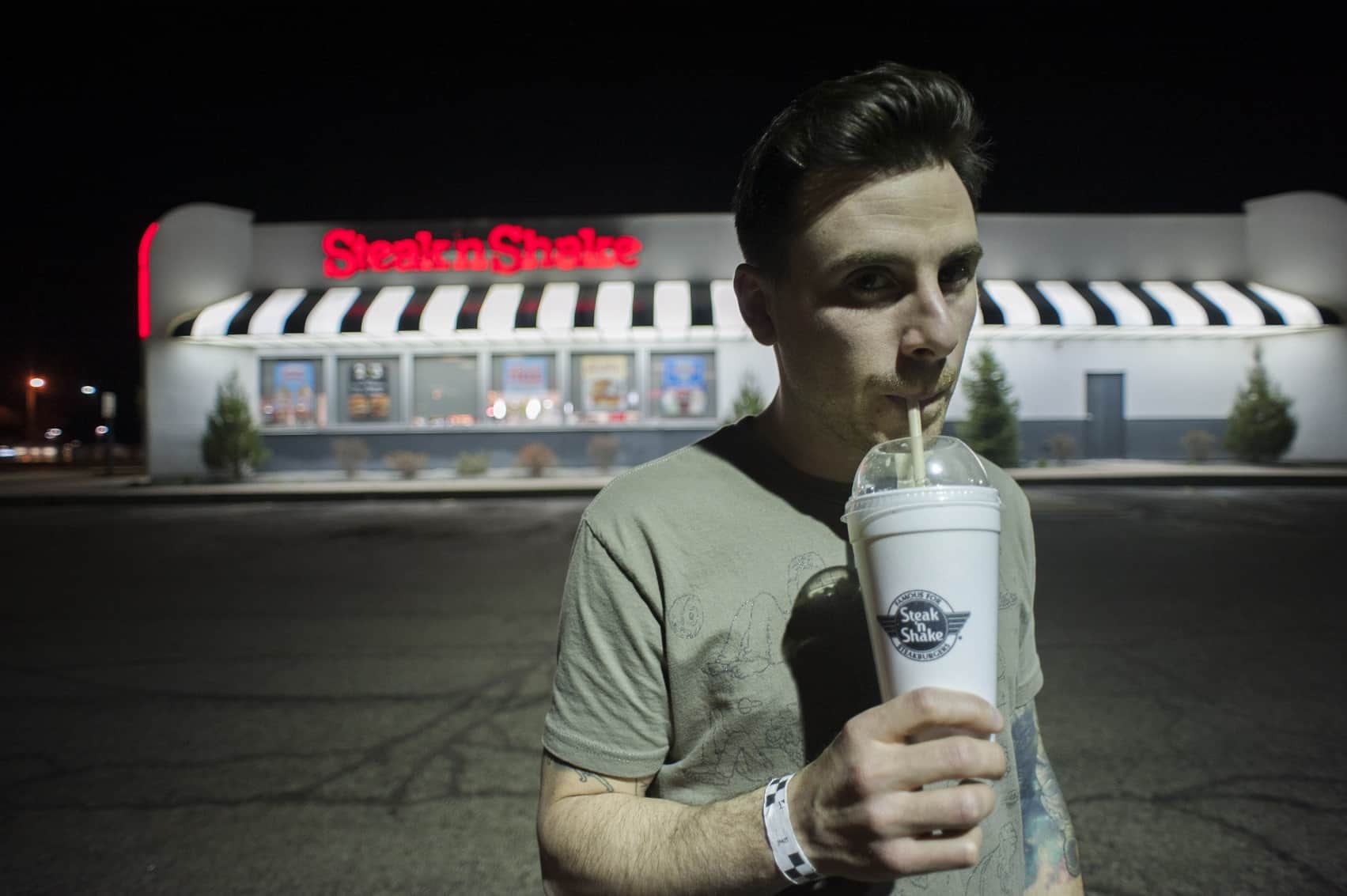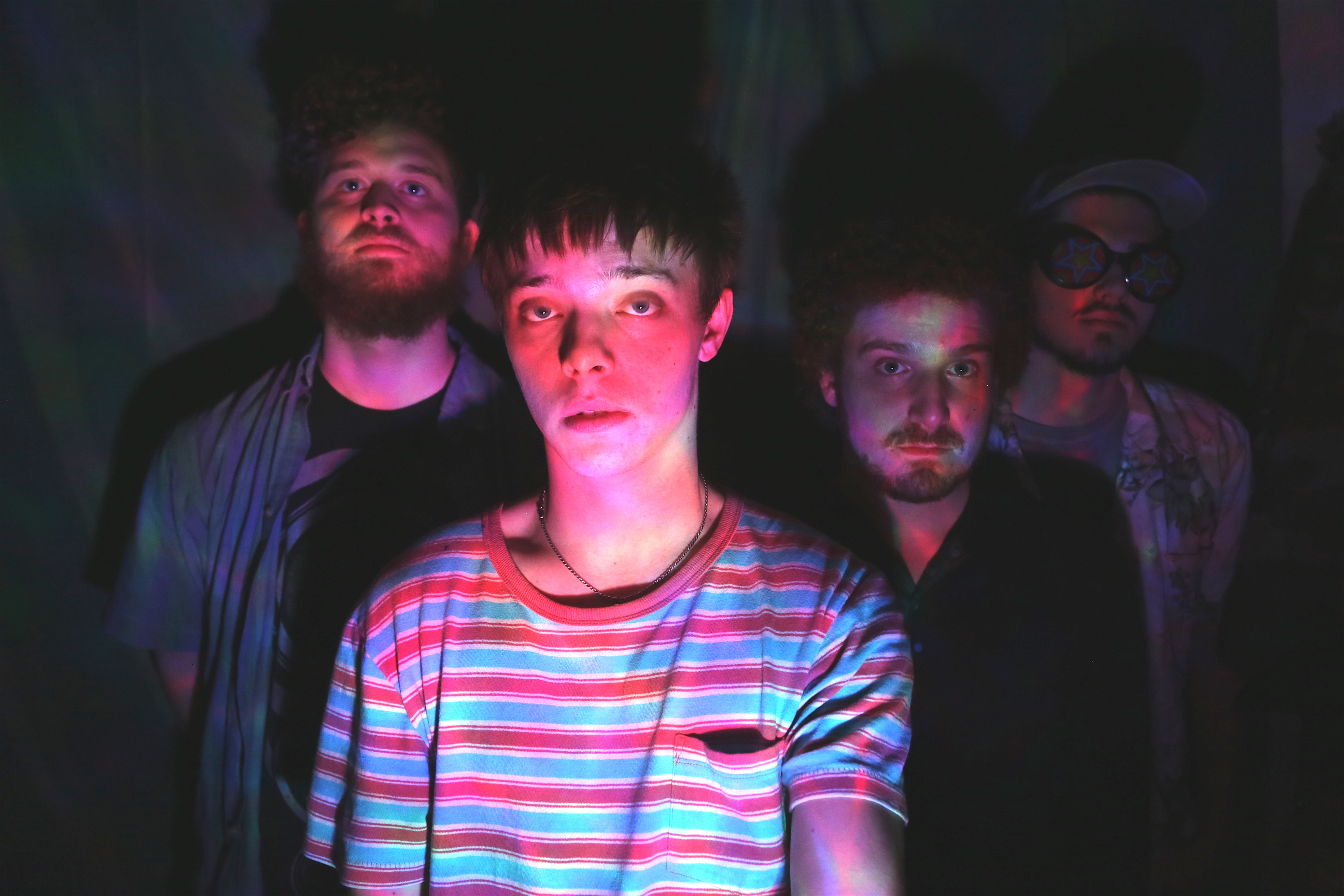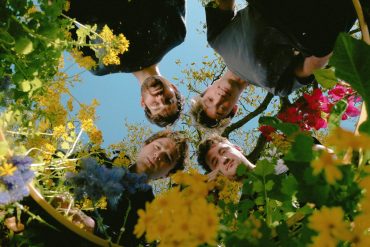People Get Ready’s Steven Reker and James Rickman took the time to sit down with Atwood and answer a few questions about their contemporary music group. For those of you who aren’t familiar with PGR, their shows are less concerts than they are performances, incorporating modern dance and technical movements. Located in Brooklyn, People Get Ready are breaking the mold by “striving to do what makes sense to [them] right now.”
Photo by Bruce Tom
How old were you when music and dance became more than just a hobby?
Steven: I guess around 14. I saw Janet Jackson’s Velvet Ropes Tour and for a moment I thought about what my life would be like as a backup dancer. That’s when I started to think about it seriously, thinking it could be a career. It was one of those moments when I went “oh whoa, this is something I could actually do with my life.”
After so many years of going to concerts and performances, is there a particular one that has stood out to you and possibly affected your music?
It’s not even a show but it’s a concept: some of the stuff that David Bowie’s done. In particular when he partnered with La La La Human Steps and Édouard Lock who’s a sick choreographer; it was pretty inspirational. It showed me that contemporary modern dance or movement could mingle with a good rock show.
With the English language, we’re very limited by the words we speak. We don’t have words that describe an emotion as clearly as other languages do. How would you say your choreography makes up for that aspect?
Choreography is its own vocabulary so therefore you are adding a new layer to the performance experience and what an audience reads so I guess the choreography just enhances that.
Listen: “Physiques“, the title of their new record
[soundcloud url=”https://api.soundcloud.com/tracks/145533279″ params=”auto_play=false&hide_related=false&show_comments=true&show_user=true&show_reposts=false&visual=true” width=”100%” height=”450″ iframe=”true” /]
What is the ideal reaction for your fans after viewing your piece: a quick burst of undeniable emotion or a long calm everlasting effect?
I think what is most important in the collective experience is the idea of pleasure and sharing this idea or concept of pleasure between audience and performers alike. Slow realization, taking time to digest one of our performances sometimes happens. If you’re not too familiar with contemporary performances then yea it will be hard to digest. Or it may be kind of wild or new to you. It’s nice when someone approaches one of us and says “Hey I saw you in 2009! That show meant a lot for me.” Moments like that still happen.
Have there been other moments where a fan has come up to you and expressed their opinion?
When we were in North Carolina, this older couple came up to me after the show and they were really exuberant, saying that they had no idea why they liked this but that they did a lot, and thanked us.
What’s been the most surreal moment in your career?
There have been quite a few moments on stage where there have been technical lapses that have actually enhanced the experience. For instance: we had a dancer that was dancing with a guitar strapped to his butt moving around, making these huge beautiful confident noises with the guitar slamming against the ground. The rope that was holding the guitar, the knot came undone while he was dancing. But in the midst of that, he found a way—on one leg—to retie the knot while moving. It was this incredible thing; we were all holding our breath thinking that the guitar was about to fall off of him. And he just figured out how to make it work. It was amazing.
James: A lot of what we do very blatantly teeters on the brink of technical disaster. There’s a lot that can go wrong with our shows; often the audience can sense that. We do things with microphones, swinging them around in huge circles producing feedback. The tension in the audience is so palpable to us: these people are leaning back like it’s a 3-D movie or something. I think pushing it to that brink brings everyone together more because it feels like you’re going through something together, realizing something together. The real thrill is when something does go wrong, when someone can rise above and make it even better through that small failure, creating a greater victory.
What’s the process of creating all these incredibly different sounds?
Those pieces came directly from a question that we asked which was “How can we create a landscape through movement? Basically trying to find a union between sound and movement. One couldn’t exist without the other within the performance piece that we were making. That is the general concept that is the driving force: how can movement and gesture can produce sound.
[soundcloud url=”https://api.soundcloud.com/tracks/29176405″ params=”auto_play=false&hide_related=false&show_comments=true&show_user=true&show_reposts=false&visual=true” width=”100%” height=”450″ iframe=”true” /]
What’s the dynamic of People Get Ready offstage?
[Laughs] Oh you know, drinking buddies. I would say our relationship is very unfixed. It constantly changes certainly between our first album and the one that just came out. I have a feeling it will completely change again once we get to LP 3. I don’t think we can do it Beatles style and say who’s the goofy one and all that. I think we all just switch around constantly. We’re definitely multifaceted. We all take turns being the introvert or the one who’s trying to make everyone laugh.
Besides listening to music, forming your own, and sleeping, what do you do to keep yourself entertained while on tour: any fun strange games?
This isn’t fun or strange, but we had on audio book the memoir of Keith Richards: Life. I don’t know how many hours it is total but I think we got through a good 13 hours of it. It was like we were keeping ourselves awake with how furious and annoyed we were at the thing we were listening to. It kept us alert and driving, [laughs] but at what cost. We also would ask questions like “would you rather have a spaceship or a time machine.” And you can’t answer immediately, you need to give thought to it and provide plenty of reasons for the answer. Kills about an hour or two.
Can you see yourself being uprooted from the Brooklyn area?
I think eventually, maybe not as a group. But this is a much bigger conversation about Brooklyn and what it means to be an artist in Brooklyn right now. There’s a lot of pressure.
Feature photo: Photography: Catalina Kulczar (www.catalinakulczar.com) Art Direction: La Moutique (www.lamoutique.com)









